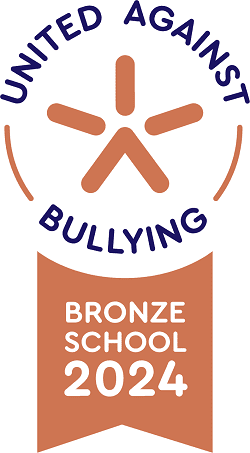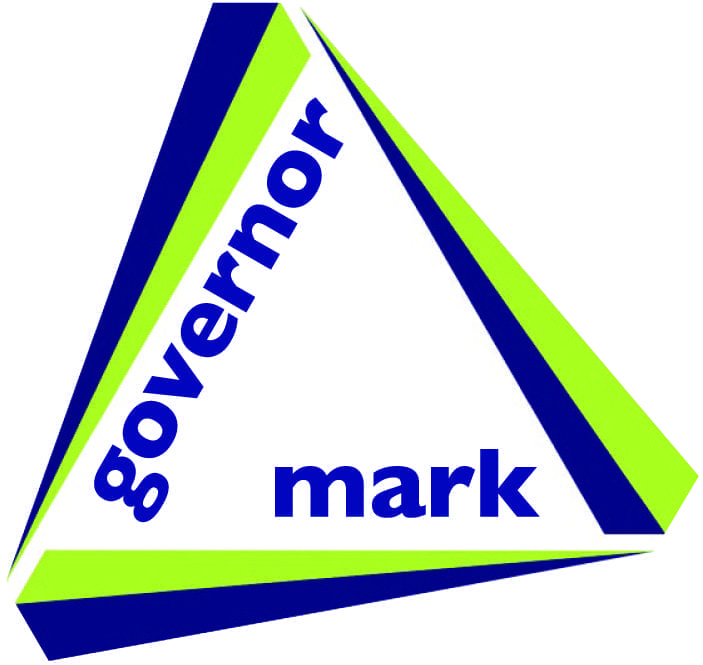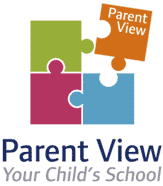Art curriculum vision
We strive to deliver a highly ambitious and engaging curriculum for all of our students. This will develop students recording skills and ability to communicate their ideas. We will foster their curiosity and ambition to take their skills within our subject area to wider contexts of their life beyond the classroom. Through robust sequencing we strive to support risk taking, problem solving and creative-thinking in all learners.
Art curriculum intent
The purpose of an art education is to provide students with a broad, rich and stimulating experience; a high-quality and ambitious art and design curriculum should inspire, engage and challenge students, we want our learners to develop skills in thinking creatively in addition to mastering recording and practical skills. Through diverse learning experiences students will explore, experiment and create individual work within art and photography.
At East Leake Academy we believe that art and design is a subject that can help our students understand and give meaning to the world in which we live, providing opportunities to investigate and respond to art, craft, design and photography from a range of cultures and periods in time, helping understand the form, function and wider contexts. We have embedded looking at the work of others within all art and design and photography projects, celebrating other cultures and encouraging diversity. We develop students’ awareness of the impact of art and visual imagery on society and expect them to develop their ideas in a personal way in response to stimulating artworks.
We intend to provide a curriculum that is rich in skills and knowledge, offering experiences that are exciting and to ensure that our students combine practical skills with visual literacy, developing highly valuable and transferrable skills for future careers and life.
Through our art curriculum, students are taught not only how to use formal elements within their art work such as line, tone, colour, space, texture etc, but to also analyse how formal elements are used as communication tools to create effect. Students will experience a variety of media, techniques and processes over their studies. In key stage 3 students will develop their skills and understanding with progressive complexity and sophistication, so that they are able to make informed choices and work with increasing independence into key stages 4 and 5.
We aim to enable our students to become:
- successful independent learners who enjoy the subject and are actively striving to reach their full potential;
- creative thinkers who are confident and prepared to take risks through experimentation;
- responsible citizens aware of the role they play in society and the importance of art in contributing to society.





